Remote access for energy metering in substations
Until the requirement for storing, processing, and analysing data emerged, the power grid's format remained unchanged for over a century. The power was generated by fuel, transmitted geographically, and distributed to consumers through a distribution network. In recent years, the power grid has evolved, introducing equipment such as SCADA, HMIs, IEDs, RTUs and PLCs, bringing automation to once manned infrastructure. This enabled interconnectivity of remote locations, real time monitoring and control of the distribution network.
In the past few years, the necessity to transform the power grid has increased fourfold. A huge factor has been the increase in residential, commercial, green spaces, and most recently electric vehicles (EVs). The interconnection of once primarily isolated networks has pushed Distribution Network Operators (DNO) to face new challenges in substation automation.
Like residential properties, substations also need energy meters. A residential meter is typically used to power devices such as a fridge or kettle. Within a substation, industrial power meters must power much larger devices.
There are many applications for industrial power meters. A meter can be used, for instance, to measure the net energy of incoming and outgoing power from a solar application or within substations for pattern mapping and inter-branch billing. Meters continuously monitor the quality of the line and record usage over a specified period. This data can be captured and transmitted to SCADA for analysis.

In the past, serial equipment was used in these substations. These days, Ethernet equipment is more common. One of the biggest challenges is deciding whether to update existing equipment and the data network at the same time, which can be costly, or to update the data network only. Just replacing the data network can be viewed as a low-cost option, but it also reduces downtime and improves interoperability.
The use of devices with integrated serial (RS232/RS485), copper Ethernet, fiber, and 4G interfaces represents an opportunity to migrate the grid away from legacy infrastructure while keeping costs low. With this over-haul, you are only upgrading essential equipment on site, rather than the whole system. Mobile services such as 4G have expanded rapidly in the past decade with once remote locations now having high speed, low latency, and great uptime access.
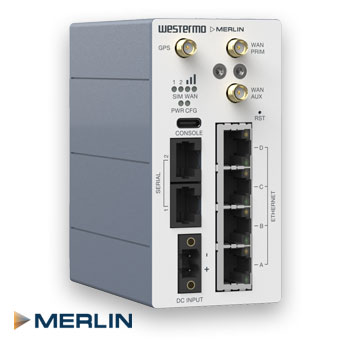
Featured product
The robust and compact Merlin 4400 cellular router is the ideal fit for utility and industrial applications. Featuring zero-touch large-scale deployment and comprehensive cybersecurity capabilities, such as secure boot and TPM (Trusted Platform Module).
Learn more
Réseaux LTE privés
L'utilisation de réseaux LTE privés, comme le spectre 450 MHz, se développe comme alternative aux réseaux mobiles commerciaux.

Connectivité à distance pour l'eau et les eaux usées
Visualisez les sites isolés et sans personnel de manière holistique grâce à la connectivité à distance.

Accès à distance pour le chauffage distribué
Introduisez des données provenant de sites distants dans un grand système, ce qui permet une visibilité, une gestion et un suivi.

Connectivité des compteurs d'énergie industriels
Fournir une connectivité pour les compteurs d'énergie sans qu'il soit nécessaire de changer d'équipement.
Explorez toutes les solutions d'accès à distance
Depuis des décennies, nous proposons des produits et des solutions pour les applications de réseaux d'accès à distance. Grâce à notre vaste gamme de produits et à notre connaissance approfondie des applications, nous sommes en mesure de proposer la meilleure solution pour vos besoins.
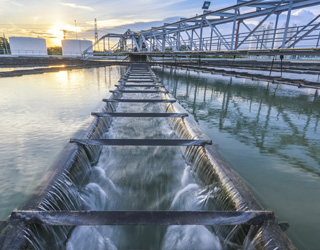
Accès à distance pour les applications utilitaires
La connectivité cellulaire permet de surveiller les sites de manière globale.

Accès distant pour les applications industrielles
Obtenez une vue d'ensemble des sites qui étaient autrefois habités ou relativement invisibles.
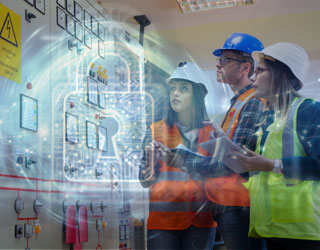
Cyber-sécurisation des réseaux distants
Il n'a jamais été aussi important de garantir la sécurité de vos réseaux et systèmes industriels distants.
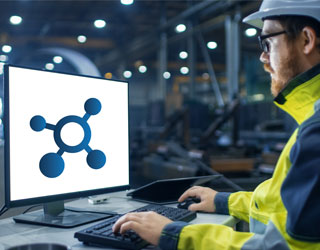
Réseaux Zero Touch
Déployer et assurer la maintenance de milliers de routeurs de manière rentable.
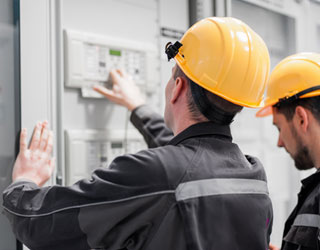
Conversion de protocole
La conversion de protocole permet de transmettre ou de recevoir un flux commun de données vers le SCADA Supérieur.
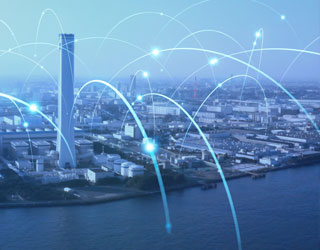
Remplacement du modem existant
Faites migrer les anciens dispositifs série des communications par modem commuté ou ligne louée vers la série sur IP à large bande.
Carl de Bruin
International sales

Pour toute requête technique, merci de vous orienter vers le contact support
